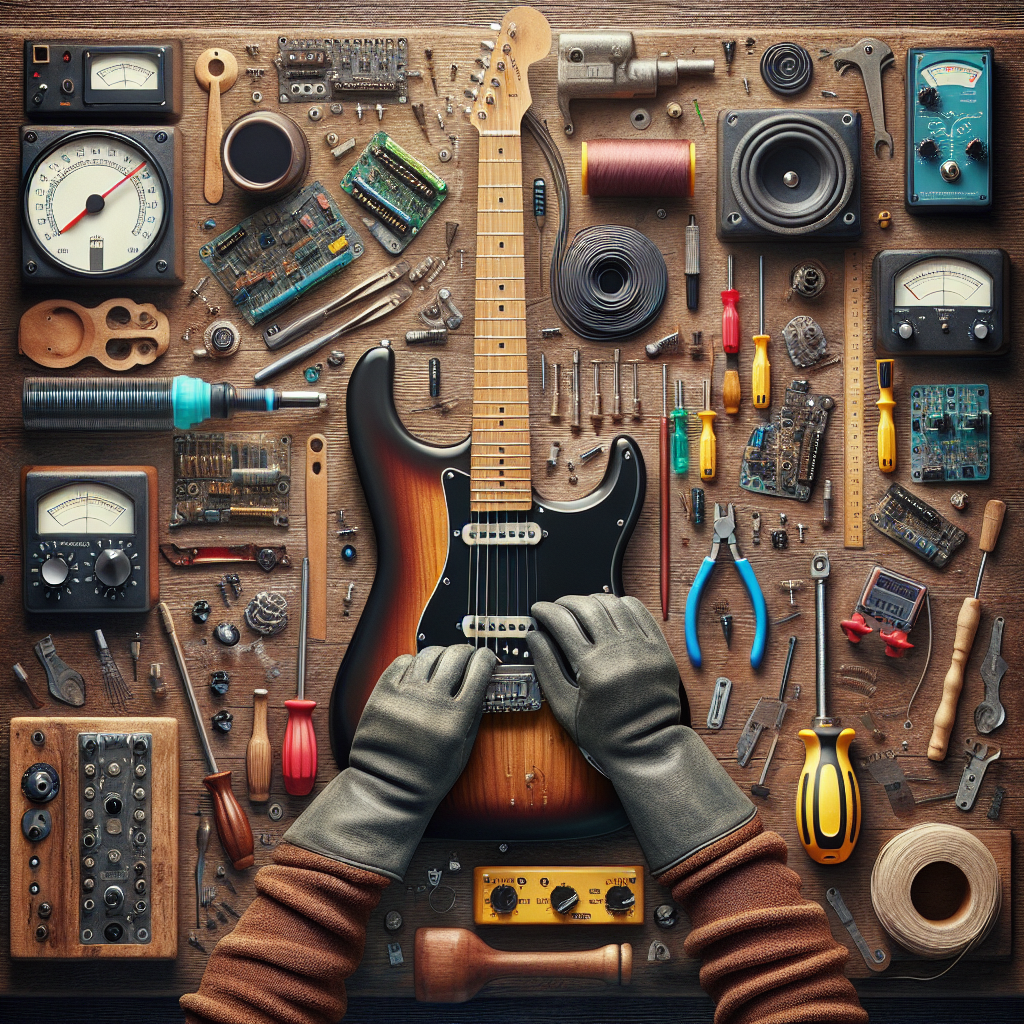
7 Reasons Why Pickup Polarity and Phase Are Crucial for Your Guitar’s Sound
For guitar enthusiasts and musicians alike, the nuances of sound are everything. While the world of guitars is rich with gear and gadgets, few factors are as pivotal yet misunderstood as pickup polarity and phase. These concepts might sound technical, yet they hold the key to shaping your instrument’s unique voice. So what exactly is the significance of pickup polarity and phase, and why should you care? Dive in and explore these crucial elements that could dramatically alter your sonic experience.
1. Understanding Pickup Polarity
At its core, polarity refers to the direction of the magnetic field produced by your guitar pickups. Each pickup has either a north or south magnetic polarity. The correct alignment of these polarities is crucial, as it determines how the magnets within the pickup react to the vibrating strings. Getting this wrong can lead to undesirable phasing issues, which might rob your guitar of its rich tonal characteristics.
2. The Role of Phase
When discussing phase, we’re talking about the timing relationship between the sound waves produced by different pickups. When pickups are in phase, they amplify each other’s signals, resulting in a fuller, richer sound. However, when pickups are out of phase, they can partially cancel each other out, leading to a thinner sound. Understanding and manipulating phase relationships can lead to a spectrum of tonal possibilities.
3. Tonal Implications of Pickup on Phase
In-phase pickups bring out the powerful and robust aspects of your guitar’s sound. This is the setting many guitarists rely on for the classic, full-bodied tones in rock and blues. Conversely, experimenting with out-of-phase settings can provide a unique, nasal tone favored in genres seeking a distinct sound character.
4. Solving Common Phase-related Issues
Musicians often face unexpected issues like volume drops or tinny sounds from their instruments. Such problems are frequently linked to phase issues. Awareness and understanding of these concepts allow for quick troubleshooting and adjustments, ensuring your instrument always sounds its best on stage or in the studio.
5. Creative Sound Manipulation
For those adventurous in sound design, using polarity and phase creatively can be a game changer. By deliberately setting pickups out of phase, musicians can craft signature sounds and unique auditory experiences. This technique opens a door to infinite creative possibilities.
FAQs
- What is pickup polarity? Pickup polarity refers to the orientation of the pickup’s magnetic field, specifically whether it’s north or south facing. This orientation affects how the magnetic field interacts with the guitar strings.
- Why do pickups go out of phase? Pickups go out of phase typically due to incorrect wiring or intentional modification for creative effects. When out of phase, one pickup’s electrical signal is inverted relative to another.
- What are the symptoms of phase issues? A common symptom is a noticeable drop in volume and a thin, hollow tone when both pickups are used together.
- Are there benefits to out-of-phase pickups? Yes, out-of-phase pickups can produce unique tones that are perfect for specific music genres and styles, offering more tonal variety.
- How do I fix phase issues on my guitar? Phase issues are usually fixed by reversing the wiring on one of the pickups to ensure they are in phase.
- Can pickup phase affect my amplifier’s output? Phase discrepancies won’t damage your amplifier but can significantly alter the tone that you hear through your amp.
For more technical advice and detailed tutorials, a recommended resource would be the Premier Guitar Guide on Pickup Polarity and Phase.
In conclusion, understanding and managing pickup polarity and phase can unlock a wider tonal palette for your guitar. Whether you aim for classic sounds or are eager to explore new auditory frontiers, these elements are your tools for creativity. Embrace them, and you’ll find your instrument capable of much more than you ever imagined. Keep exploring and experimenting to find your unique sound signature!